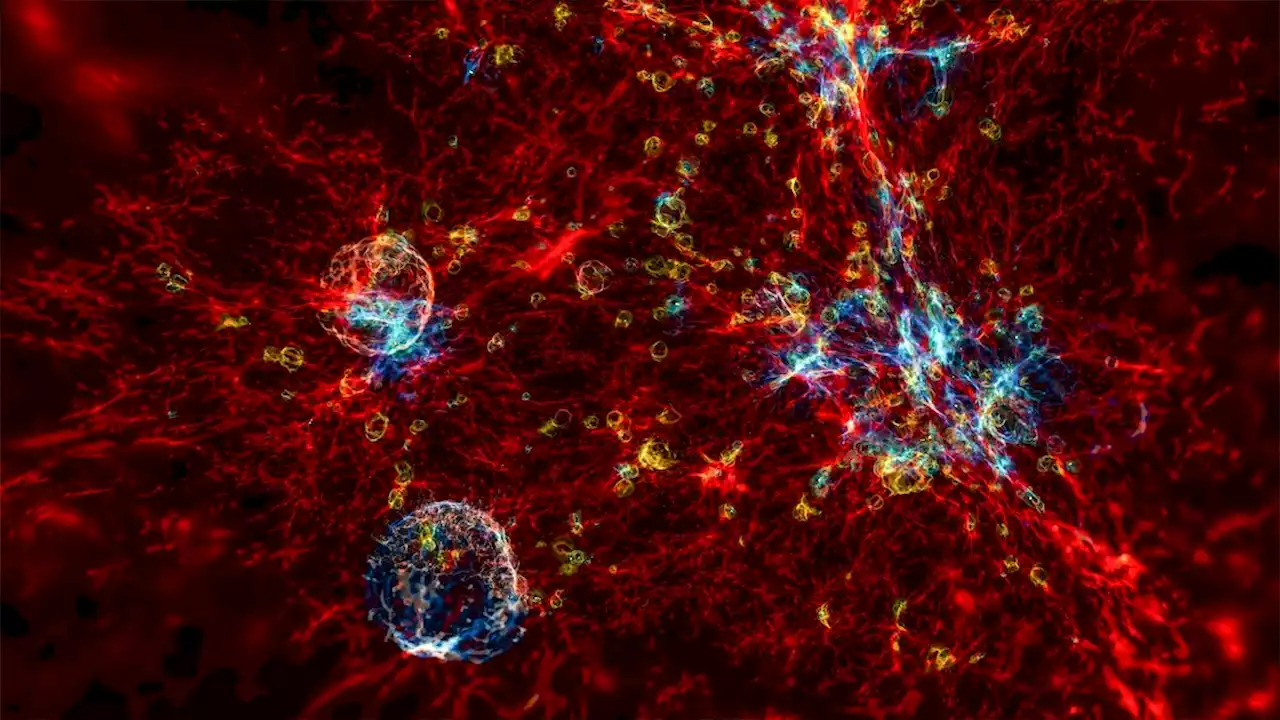NASA’s Webb telescope is pulling back the shroud on the earliest galaxies, which are more numerous and brighter than expected. “It’s not quite like how we might have predicted.”
, or the JWST Advanced Deep Extragalactic Survey, began using Webb to observe patches of sky for dozens of hours at a time. Two weeks after observations began, the collaboration gathered in Tucson at the University of Arizona to discuss the first results.
The scientists, from tenured professors to twentysomething graduate students, were preoccupied with the mosaic on their laptops: hundreds of images freshly captured by Webb and stitched together. The picture, shared with the team only days before, contained tens of thousands of galaxies and other celestial objects.
—the source of the mosaic of galaxies on everyone’s laptop. She oversaw its design, a 330-pound assemblage of mirrors, lenses, and detectors to drink in the light of the universe and study it through different filters. But not everything on the telescope was functioning perfectly. JADES’s, had been experiencing electrical shorts that created spots of light and drowned out astronomical targets in some of the observations.
“We just went crazy looking through this data that no one had ever seen, looking for these candidates,” Kevin Hainline, an astrophysicist at the University of Arizona, told me later in his office. Distant galaxies are not the only way to learn about the primordial cosmos. Nearby dwarf galaxies, such as Wolf-Lundmark-Melotte , contain small stars that formed early in the universe and are still around today.Please be respectful of copyright. Unauthorized use is prohibited.Webb has now peered into the Wolf-Lundmark-Melotte galaxy to study some of these ancient, slow-burning stars—fossils from earlier eras.
Nigeria Latest News, Nigeria Headlines
Similar News:You can also read news stories similar to this one that we have collected from other news sources.
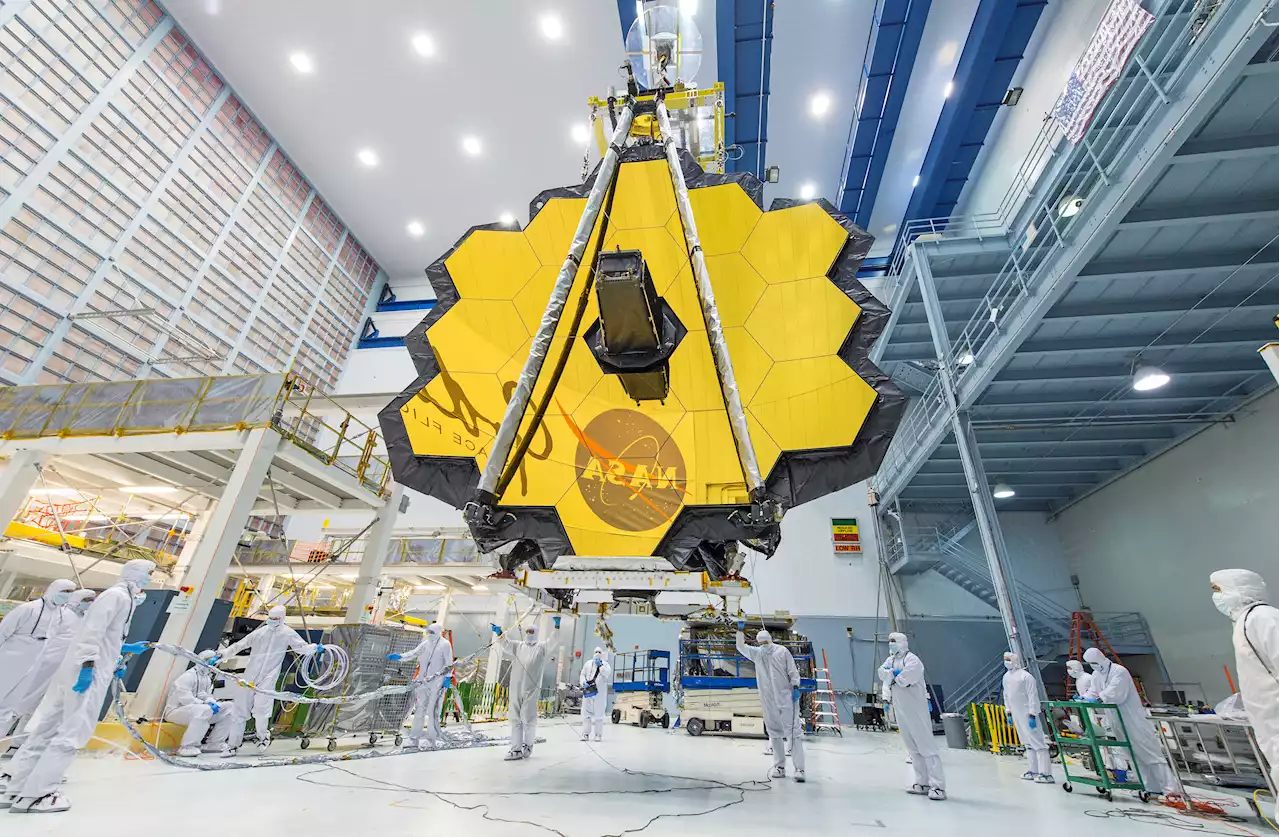 Meet 9 of the Many Scientists Who Helped Create the James Webb Space TelescopeTake a closer look at some of the key scientists involved in developing NASA's orbiting James Webb Space Telescope, which continues to send back stunning images from the edge of the universe.
Meet 9 of the Many Scientists Who Helped Create the James Webb Space TelescopeTake a closer look at some of the key scientists involved in developing NASA's orbiting James Webb Space Telescope, which continues to send back stunning images from the edge of the universe.
Read more »
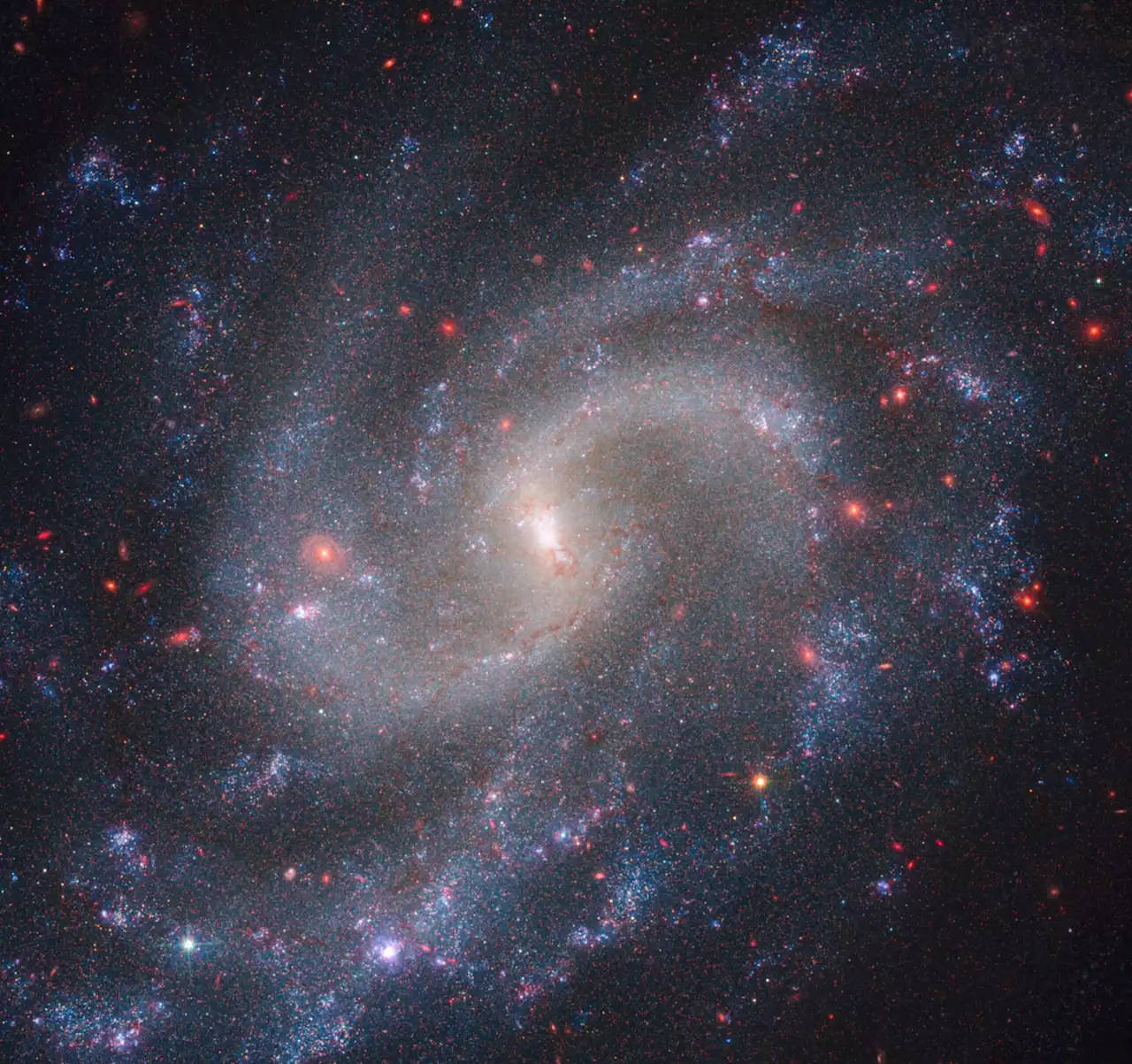 Webb confirms accuracy of universe's expansion rate, deepens mystery of Hubble constant tensionThe rate at which the universe is expanding, known as the Hubble constant, is one of the fundamental parameters for understanding the evolution and ultimate fate of the cosmos. However, a persistent difference called the 'Hubble Tension' is seen between the value of the constant measured with a wide range of independent distance indicators and its value predicted from the big bang afterglow.
Webb confirms accuracy of universe's expansion rate, deepens mystery of Hubble constant tensionThe rate at which the universe is expanding, known as the Hubble constant, is one of the fundamental parameters for understanding the evolution and ultimate fate of the cosmos. However, a persistent difference called the 'Hubble Tension' is seen between the value of the constant measured with a wide range of independent distance indicators and its value predicted from the big bang afterglow.
Read more »
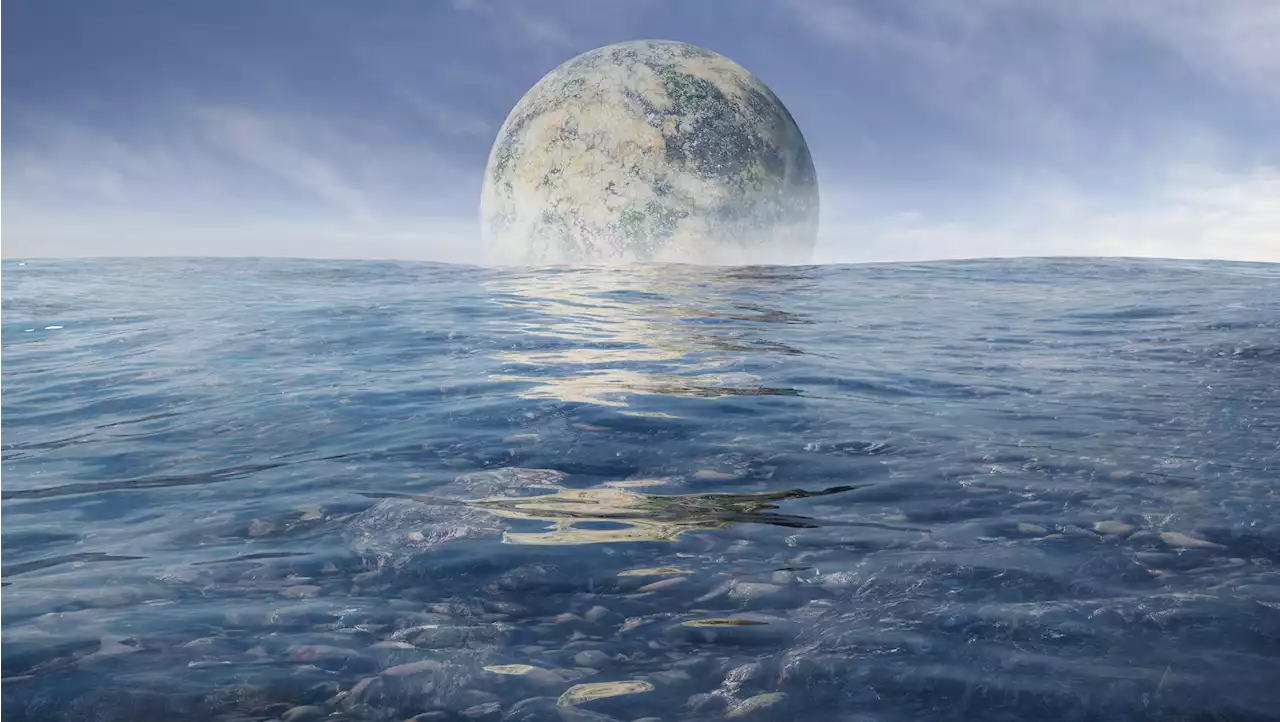 Webb telescope spots carbon-based molecules on an ocean worldJames Webb's observations of an ocean world discovered in 2017 suggest carbon molecules are present in the planet's atmosphere.
Webb telescope spots carbon-based molecules on an ocean worldJames Webb's observations of an ocean world discovered in 2017 suggest carbon molecules are present in the planet's atmosphere.
Read more »
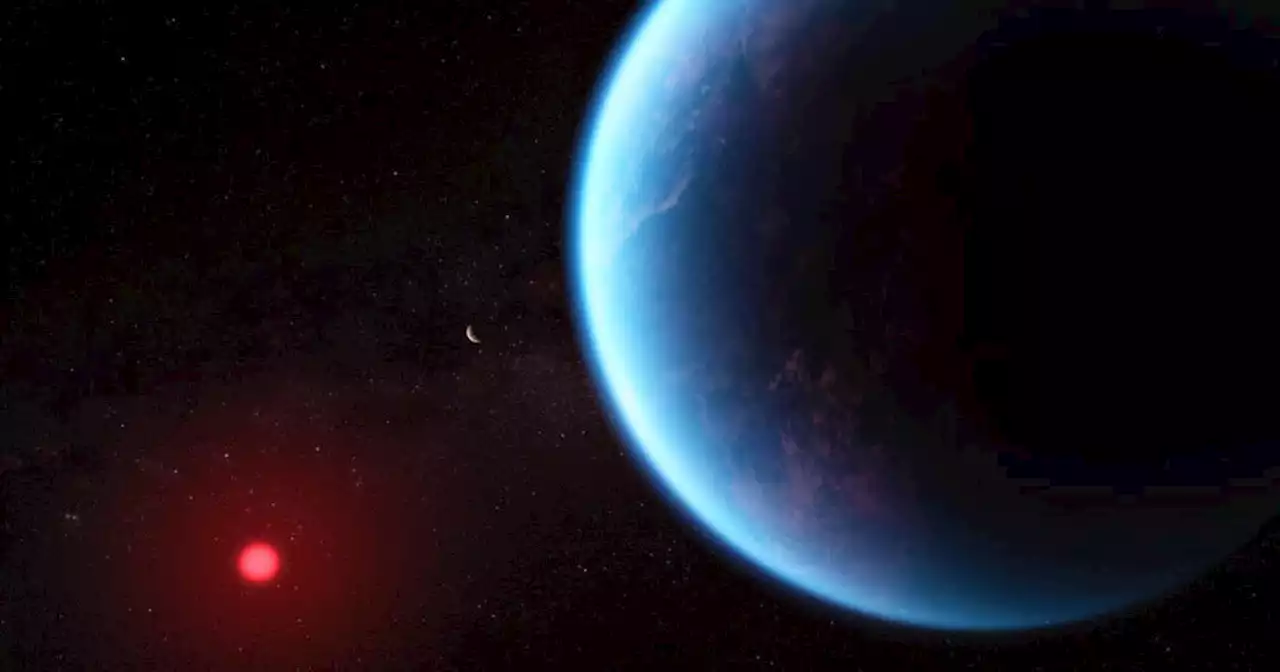 NASA's James Webb Space Telescope observes planet in a distant galaxy that might support lifeThe exoplanet, called K2-18 b, could be a Hycean planet – meaning it has a hydrogen-rich atmosphere and an ocean.
NASA's James Webb Space Telescope observes planet in a distant galaxy that might support lifeThe exoplanet, called K2-18 b, could be a Hycean planet – meaning it has a hydrogen-rich atmosphere and an ocean.
Read more »
 Webb spots intriguing molecular signals on possible water worldDimethyl sulfide is only known to be produced by living things on Earth, but the signature requires further investigation.
Webb spots intriguing molecular signals on possible water worldDimethyl sulfide is only known to be produced by living things on Earth, but the signature requires further investigation.
Read more »
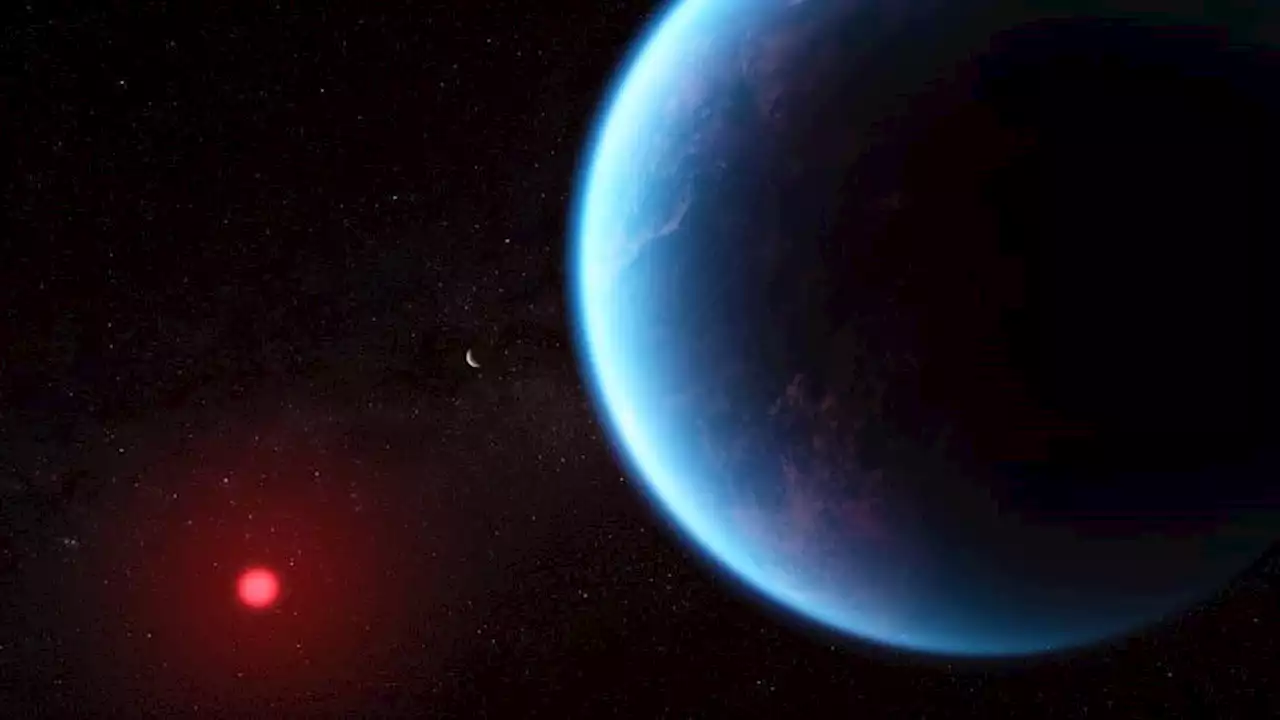 Webb telescope spies signs of water on habitable-zone exoplanetThe James Webb Space Telescope investigated a giant planet, K2-18b, that could be an ocean world, according to NASA. The exoplanet lies 120 light-years away from Earth.
Webb telescope spies signs of water on habitable-zone exoplanetThe James Webb Space Telescope investigated a giant planet, K2-18b, that could be an ocean world, according to NASA. The exoplanet lies 120 light-years away from Earth.
Read more »
